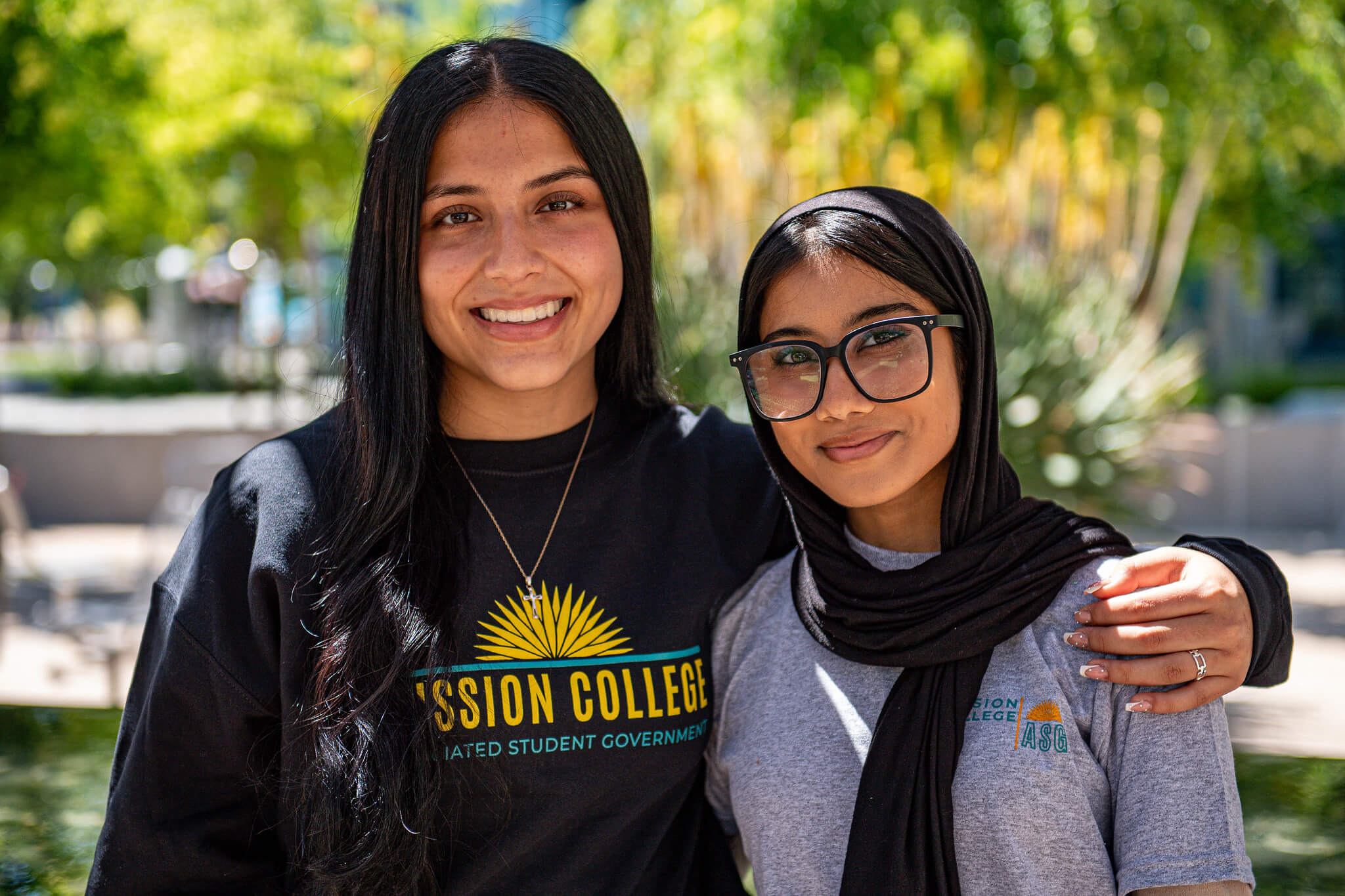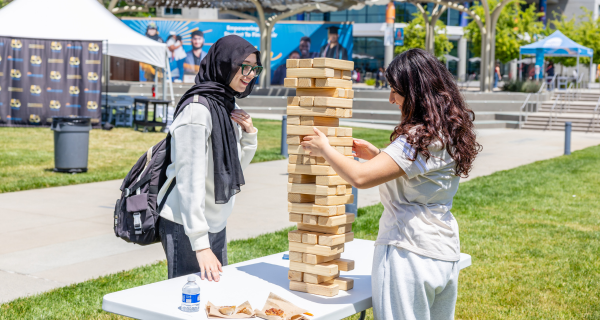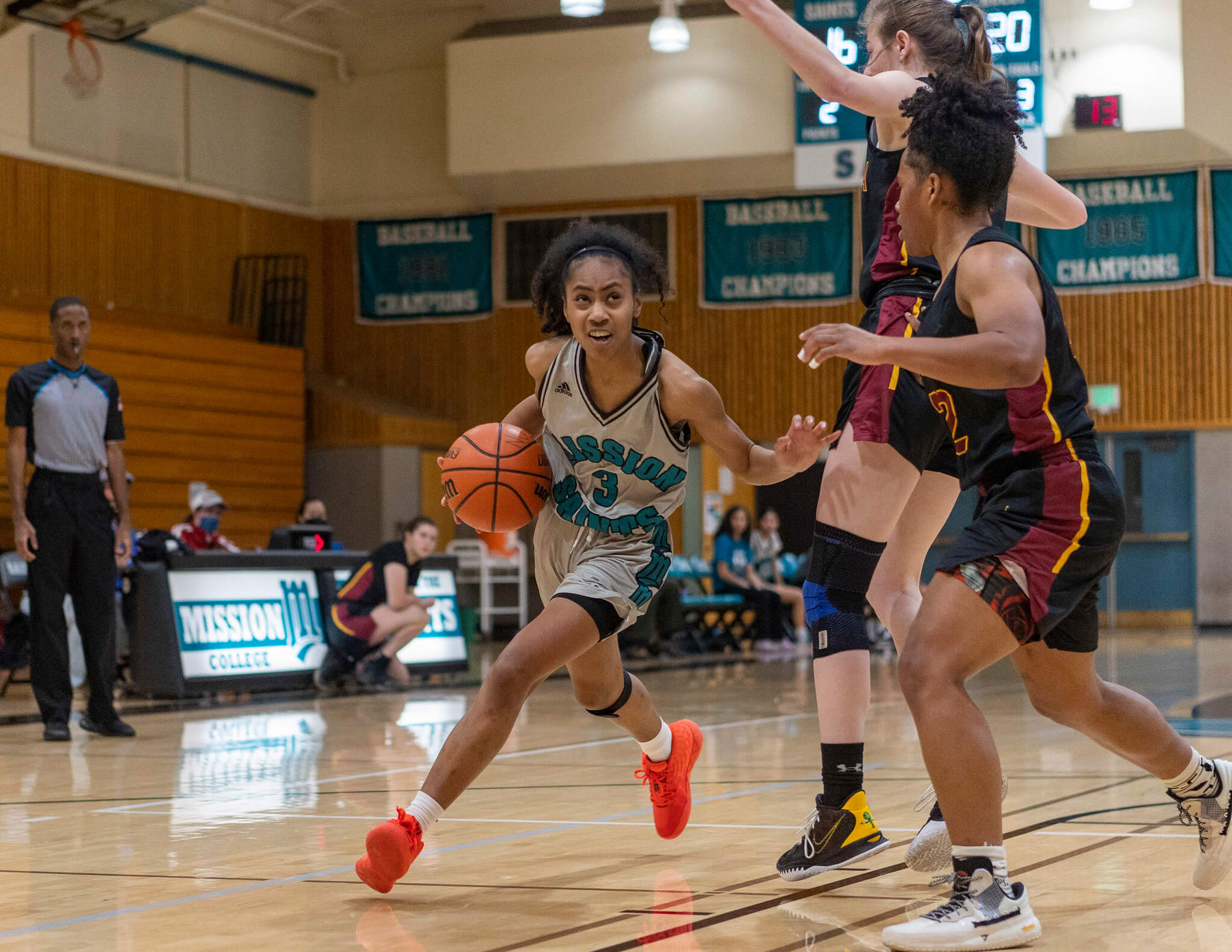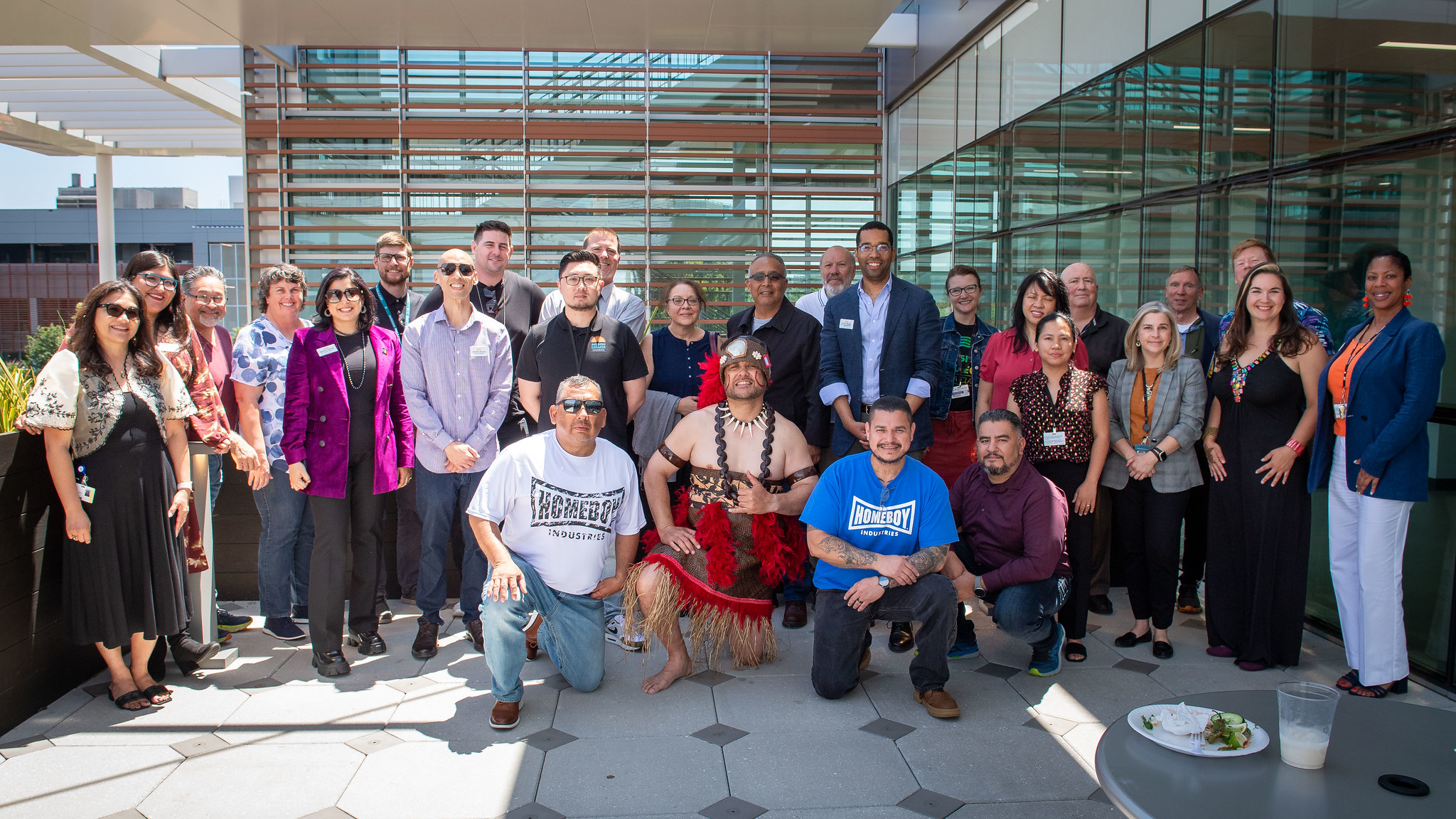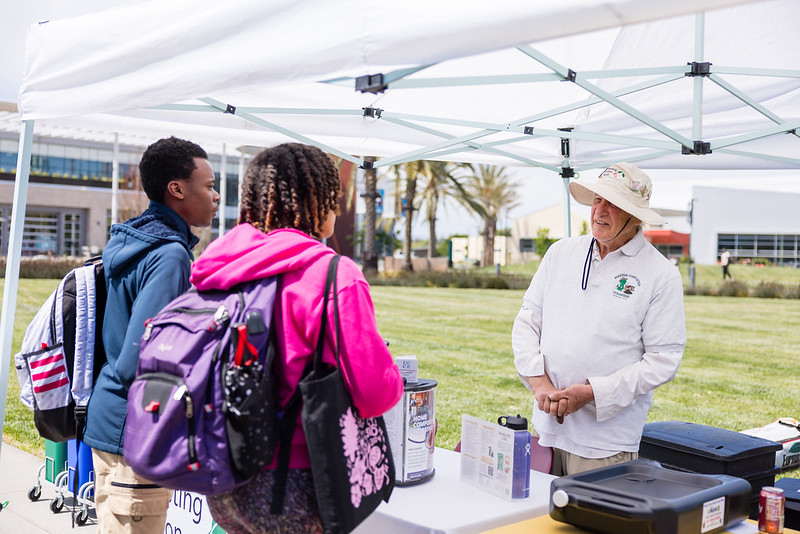Enjoy Campus Life at Mission College!
All of us at Mission College are committed to providing a vibrant and supportive campus experience where every student can thrive. Our Campus Life team works hard to create an inclusive environment that fosters personal growth, academic success, and a sense of community. Whether you’re engaging in extracurricular activities, participating in student government, or getting involved with our clubs and athletic teams, there’s something for everyone at Mission College!


